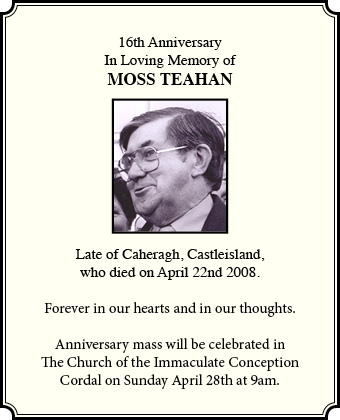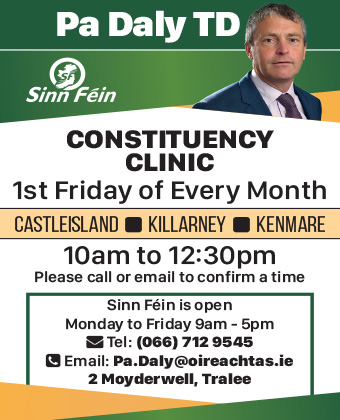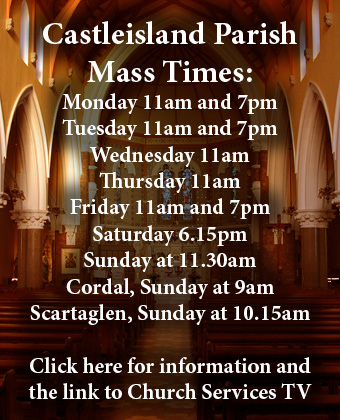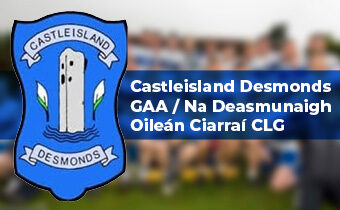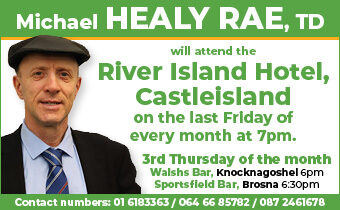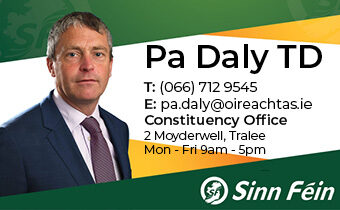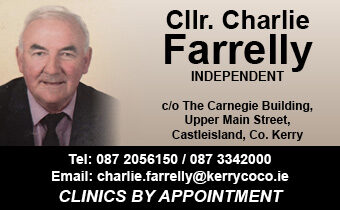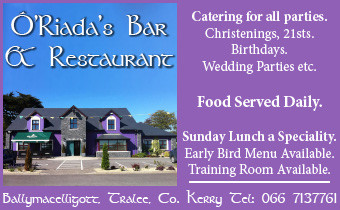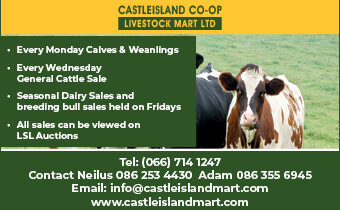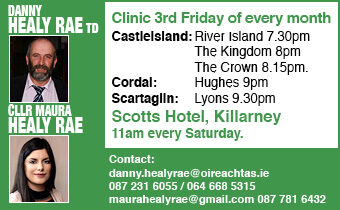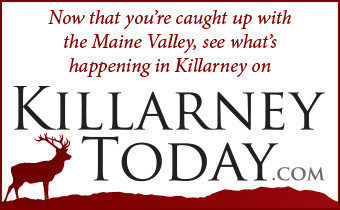If you think that we had it rough in the weather department around here over the Christmas period, spare a thought for the many people in private homes and business premises in other parts of the country who weren’t as fortunate.
Bad and all as the festive season fare was, we fared well enough when considered alongside the two Christmas Eve storms of the late 1990s. There were stories of widespread ESB blackouts and neighbours sharing cooking facilities and using those of community centres in the Christmas Day crisis the storms left in their wake at that time.
During the run of the hugely popular Divane’s Calendar, from the early 1990s to very recently, they researched and chronicled an event in local folklore which became known as ‘The Night of The Big Wind.’
It was a time in which people had little or no means of weather warnings or forecasts – other that the odd behaviour of animals – to prepare them for impending danger. Whatever few possessions they had were at the mercy of the elements and the landlords.
The article in Divane’s Calendar outlined the events of Small Christmas Night 175 years ago on the Monday night just gone.
“It was Small Christmas night, Sunday, the 6th of January, 1839, and the
twelfth night of Christmas was drawing to a close. All around the district
of Castleisland, animals and stock were checked and people settled down to
pass the evening. In every window of the valley of Castleisland each home
was pinpointed by the flicker of the Christmas candles – giving a warm glow
to a winter’s evening.
It is not hard to imagine groups of people huddled around the open turf
fire, swapping stories and having the perennial discussion on the state of
the weather. Little did anyone realise the night that lay in store.
Earlier that evening, the wind had freshened and continued to increase
in ferocity . At about 10-30pm it became a high gale and began to cause
damage. By 1am on Monday morning, 7th January the storm had increased to a
hurricane and began its punishing journey. It even exceeded the violent
storm of 1814 and the storm of 1799 when the French fleet was destroyed off
Bantry Bay.
In what was to become known throughout folklore as The Night of the Big
Wind the powerful force tore through Ireland wreaking havoc and
destruction where ever it went. It is important to remember the context of
the time: Weather forecasting was rudimentary and very inexact.;
communication throughout the country was slow and unreliable and towns and
villages relied on gaslight. The sudden storm would have been a complete and
utter surprise to unprepared people.
In Castleisland the roofs and chimneys of a number of houses were damaged
and windows were broken with impunity. As in most natural disasters, the
poor suffered most. The loss in agricultural produce was immense with well
in excess of £10,000 estimated in damages.
Hay that was carefully husbanded throughout the year was destroyed in
minutes. Trees were uprooted in the blink of an eye. Cattle were drowned and
swept away while harvested crops were destroyed in an instant.
In Laccabawn, James Fitzgerald’s house was completely wrecked. Ricks of hay
were blown by the gales and haysheds were completely demolished. Another
farmer, called O’Riordan from Dulague also suffered. The walls of his
cow-house were made of mud and it had a thatched roof. This was completely
destroyed by the storm. The wind and flood then proceeded to carry his five
cattle four fields away. Luckily, his neighbour, a man called O’Connell, who
was trying to save his own hay, saw what was happening and managed to rescue
the cattle. In all the excitement he managed to knock four of his teeth out
and didn’t notice until the following morning!
Ten hours later, the big wind had blown itself out and bewildered people
were left to count the cost. People were shocked to see the destruction,
with trees blocking roads and making travel impossible. Many a comfortable
man became a poor one after the night. Miraculously, there were no recorded
deaths in Castleisland following the night of the Big Wind.
Appeals for aid for those who suffered were made on behalf of the poor.
Local clergy and charitable organisations were quick to begin their work. In
The Tralee Mercury the following editorial spoke for all: “We do trust
that God who tempers his wind to the shorn lamb, will inspire the hearts of
the wealthy among us to play the good Samaritan to the poor.”
The night of the Big Wind, almost 170 years later, is still retold from
the folklore and history of Castleisland having been passed down from
generation to generation.”




